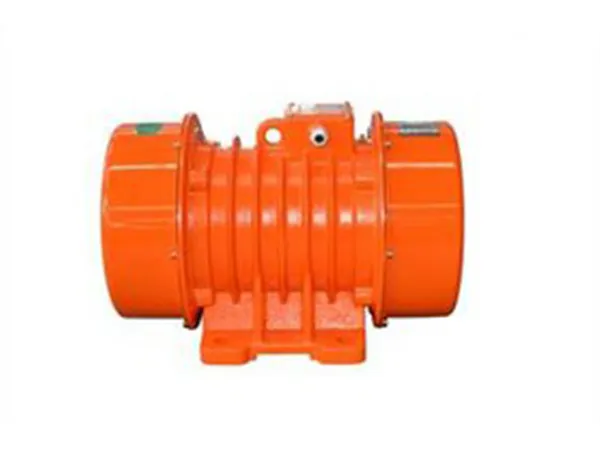time:Nov 11, 2024 source:ZEXCIT
Installing a vibration motor requires careful attention to alignment, support, and mounting to ensure reliable operation and minimize wear or vibration transmission to unwanted areas.

1. Prepare the Installation Surface
Ensure the surface where the motor will be mounted is clean, level, and rigid. Any unevenness or instability in the mounting surface can cause excessive vibration and reduce motor life.
Reinforce the mounting area if necessary, as a strong foundation will help absorb vibration and prevent damage to surrounding equipment.
2. Mounting the Motor
Use bolts that are strong enough for the motor's size and vibration force. High-grade bolts are recommended to secure the motor tightly.
Place vibration-damping pads or rubber mounts between the motor and the mounting surface to help absorb vibrations and prevent them from transferring to other parts of the machine.
Tighten the bolts evenly to ensure that the motor is securely and uniformly attached. This helps to distribute the load and minimize imbalances.
3. Alignment and Positioning
Align the motor properly with the vibrating equipment to avoid misalignment, which can cause excessive wear and increase vibrations.
Position the motor according to the manufacturer’s recommendations, as improper placement can lead to uneven or excessive vibrations. For example, some setups may require placing the motor at a specific angle or orientation.
Make sure there is sufficient clearance around the motor for maintenance and to allow airflow for cooling.

4. Electrical Connections
Follow the manufacturer’s wiring instructions carefully to connect the motor to the power supply. Make sure to use appropriately rated cables and connectors.
Use cable clamps to secure the wiring to prevent it from being affected by vibrations, which can lead to wear or electrical issues over time.
Ground the motor properly to ensure safety and prevent electrical noise from affecting nearby equipment.
5. Testing and Adjustment
Once installed, turn the motor on briefly to check for smooth operation and ensure that it is generating the correct vibration amplitude.
If the vibration is too strong or weak, adjust the eccentric weights (if the motor has adjustable weights) to achieve the desired vibration intensity.
Monitor the motor during its first few hours of operation to check for any excessive vibrations, unusual noises, or overheating, which could indicate misalignment or improper installation.

6. Regular Maintenance
Periodically inspect the mounting bolts, connections, and damping pads for wear or loosening, especially in high-vibration applications.
Clean the motor and surrounding area to prevent dust or debris buildup, which can affect the motor’s performance and lifespan.
Following these steps helps ensure that the vibration motor operates smoothly and provides consistent performance while extending the life of the motor and surrounding equipment.
How to install the vibrating screen bearing
What are the maintenance procedures and requirements for vibrating screen exciters?

MVT series vibrator compared with ordinary vibrators, MVT series vibrators have wider vibration coverage and more convenient installation. MVT series vibrators are widely used in coal, mining, petroleum, foundry, food processing and other industries. Used on vibrating screens, feeders and other equipment.
READ MORE
The VBH series vibration motors are specialized electric motors designed for generating controlled vibrations in various industrial applications. These motors are known for their reliability, durability, and efficiency, making them suitable for integration into equipment such as vibrating screens, feeders, conveyors, compactors, and sieves.
READ MORE
VB series vibration motors are used as the excitation source of various types of vibration machinery, such as vibrating feeders, vibrating conveyors, vibrating ore discharge machines, vibrating sand shakers, vibrating screens, and vibration anti-blocking devices for silos, etc., and are widely used Electricity, building materials, coal, mining, metallurgy, chemical industry, light industry, casting and other industries.
READ MORECopyright © 2023 Xinxiang Zongyuan Machinery Equipment Co., Ltd. | All Rights Reserved.